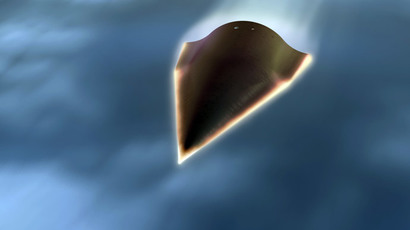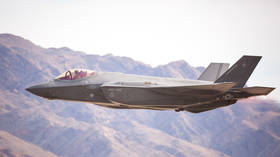Space tourism breakthrough? China working on hypersonic spaceplane with horizontal takeoff

China is planning to take space exploration to a new level, as it develops a new “spaceplane” that could take off from a runway and fly at hypersonic speed before blasting into space and back.
The China Aerospace Science and Technology Corporation (CATSC) is behind the project of a plane/spacecraft hybrid that will travel back and forth between the runway and space orbit at hypersonic speeds, Popular Science reported.
Development and testing is scheduled for the next three to five years. The first deployment date is estimated for 2030.
The spaceplane will be equipped with a cycle engine. It will have a turbofan or turbojet engine as well as a ramjet engine that will allow the plane to horizontally takeoff from the runway and fly through the atmosphere.
Following acceleration to supersonic speeds, the spacecraft would then switch to a scramjet engine, helping it get through the so-called “near space” portion of the atmosphere.
After entering space, the spaceplane will employ onboard rocket motors.
The spacecraft will also be reusable, lowering China’s space traveling costs.
CASTC engineer Yang Yang said that the new spacecraft could be used for space tourism, China state television broadcaster CCTV reported.
Its horizontal takeoff will make space traveling much smoother, taking out of the equation the rocky start of leaving the Earth’s atmosphere.
Once completed, China’s technology would beat those of a retired Space Shuttle and would be able to rival that of the British Skylon project, which also employs combined cycle engine and rocket motors.
China’s plan comes as other countries also pursue development of similar technologies. While scramjet engine planes are now widely associated with experimental American X-series projects, including Boeing X-51 and NASA’s X-43, the first-ever scramjet test flight took place in November 1991 in the Soviet Union. The aircraft involved was called GLL Holod (“Cold”).
In July, Russia said it had created a “combined aircraft engine” that will allow sixth-generation space planes to fly in both Earth’s atmosphere and near space at hypersonic speed. A prototype is expected to make its maiden flight by 2025, according to TASS.
The European Space Agency is also looking into Sabre Engine technology that could accelerate an aircraft to 6,437 km/h (4,000 mph).
In December 2014, there were reports that China had conducted a third test flight for its ultra-high speed strike vehicle, which is capable of traveling at up to eight times the speed of sound.















